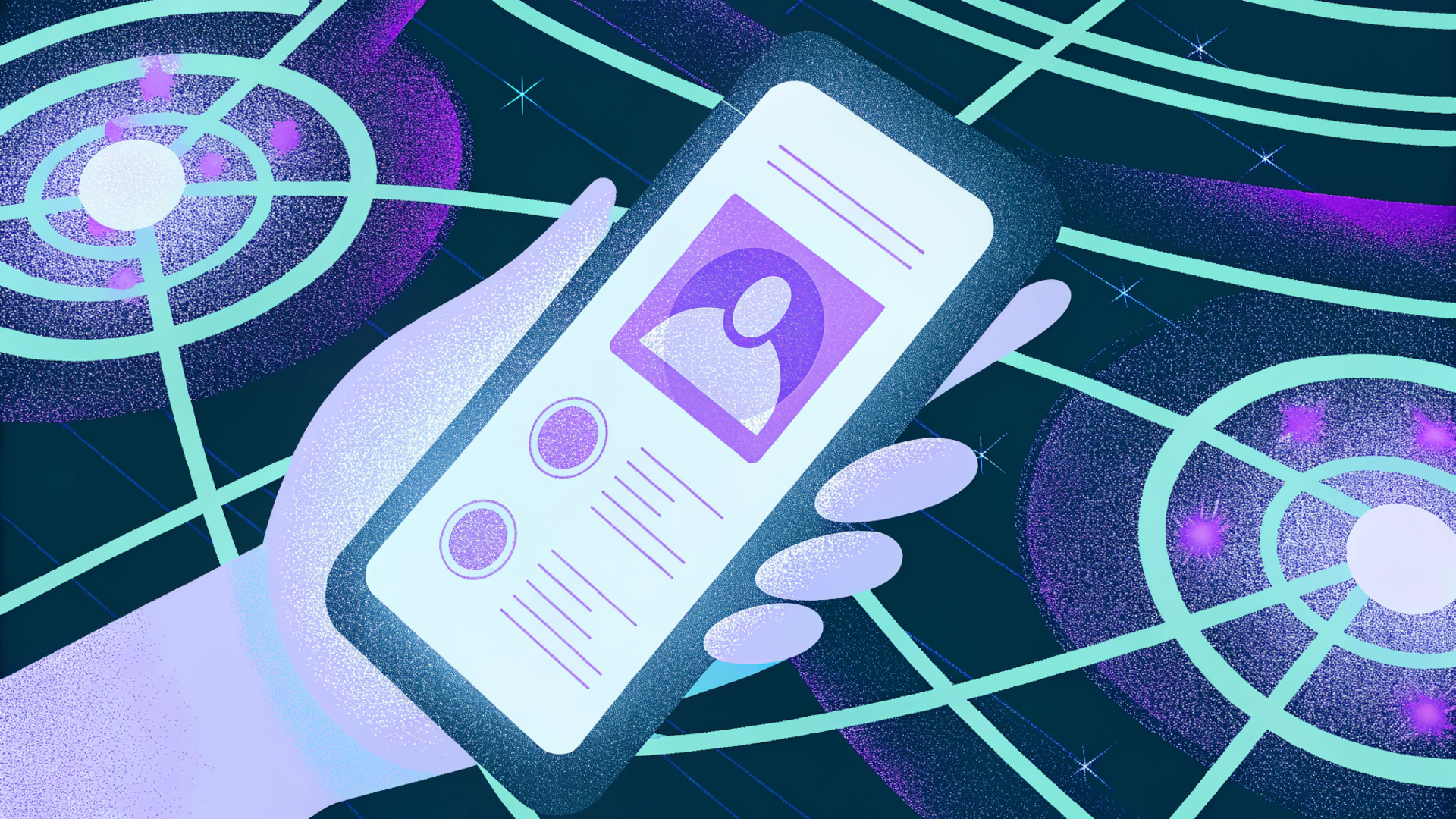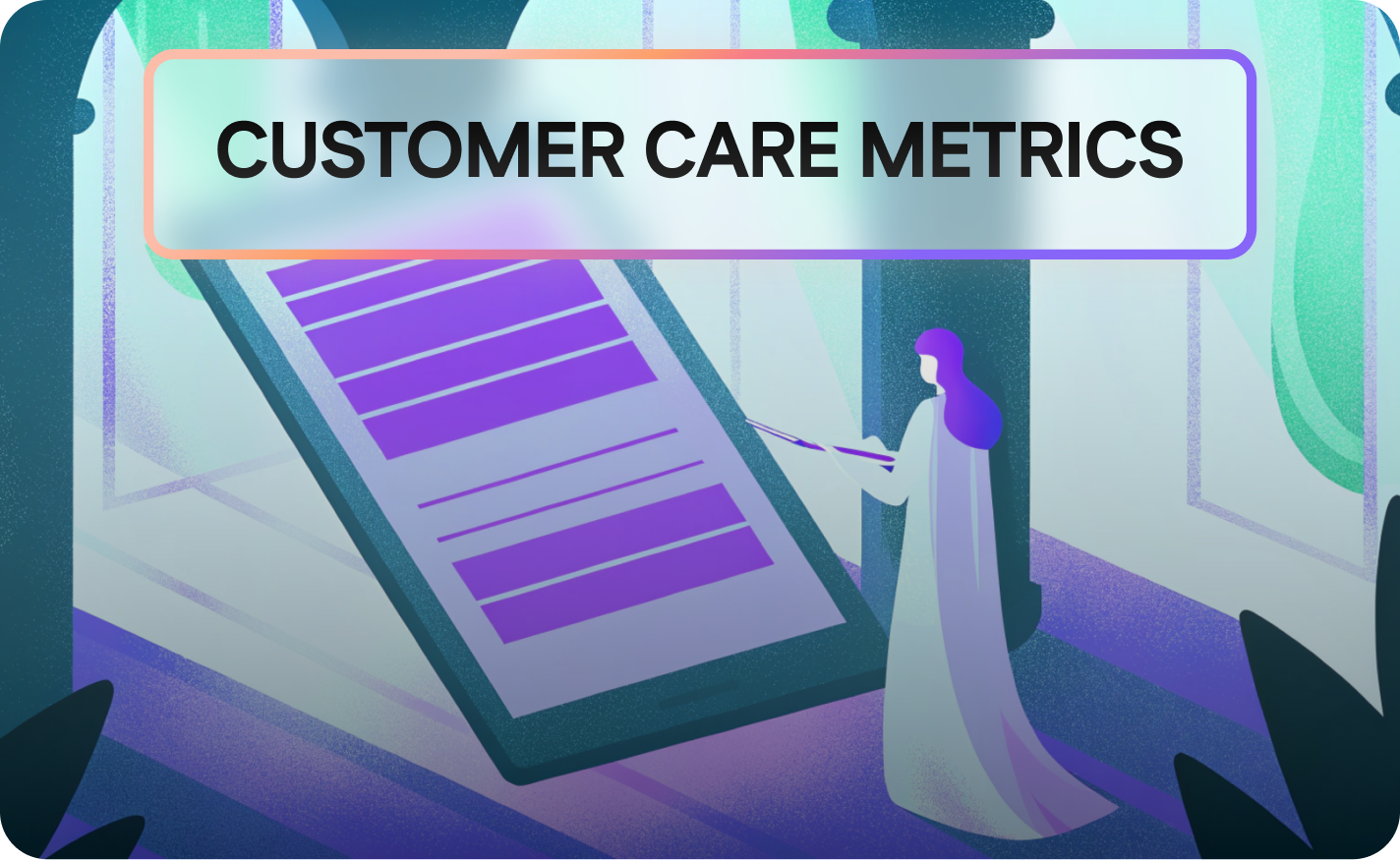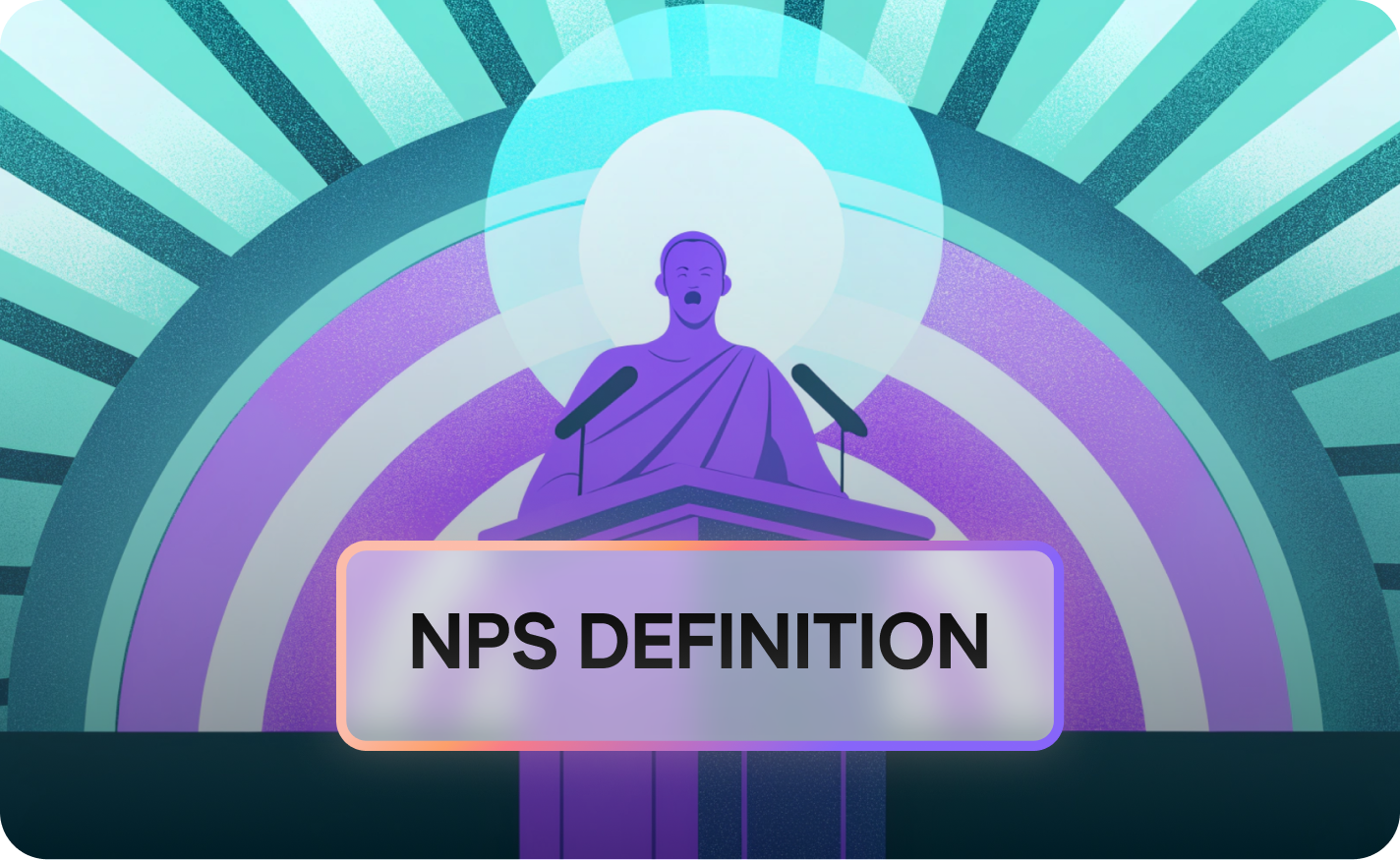15 Customer Success Metrics & KPIs to Track for Growth

Customer success metrics are vital for nurturing long-term customer relationships and achieving sustainable growth, especially in SaaS and subscription-based models. These metrics help businesses assess the overall health, engagement, and value of their relationships with customers. This article will explore 15 essential metrics that can drive improvements in customer success.
Understanding Customer Success Metrics

What Are Customer Success Metrics?
What exactly are customer success metrics? These metrics are crucial for SaaS businesses aiming to foster long-term customer relationships and drive sustainable growth. Customer success metrics measure the overall health, engagement, and value of customer relationships. Unlike simple customer satisfaction surveys, these metrics delve deeper into the customer journey, providing actionable insights for improvement. By monitoring these metrics, your customer success team can proactively address customer needs and enhance their experience.
The Importance of Tracking Customer Success KPIs
Why is it so important to track customer success KPIs? These key performance indicators provide actionable insights into how well a business helps customers achieve their goals, directly impacting customer retention, customer loyalty, and revenue. According to [Gartner](link to Gartner report), companies with robust customer success strategies can achieve up to 20% higher revenue growth. [Forrester](link to Forrester research) indicates that mature customer success programs reduce customer churn by 25%, highlighting their importance in today’s competitive landscape. Effective customer success KPIs enable your customer success managers to make data-driven decisions and optimize the customer journey.
Key Differences Between Customer Success and Customer Service Metrics
What sets customer success metrics apart from customer service metrics? Customer success metrics are not the same as customer service metrics. Customer service metrics focus on operational efficiency and individual interactions, while customer success metrics measure the overall health, engagement, and value of customer relationships. Customer care metrics emphasize proactive support. The customer success team uses customer success metrics to ensure that existing customers not only receive support but also achieve their desired outcomes, leading to improved customer loyalty and a higher customer retention rate.
Essential Customer Success Metrics

Customer Health Score
The customer health score is a composite metric that assesses the overall health of a customer relationship. What goes into a customer health score? It's based on key indicators like product usage, customer engagement, and customer satisfaction. Calculating it varies, but typically involves weighting key indicators like usage frequency and feature adoption, normalizing them on a 0-100 scale. A score above 70 usually indicates healthy customers, while below 50 signals risk ([Sprinklr].
Why is it important to measure customer health score? It identifies at-risk customers, enabling proactive interventions from your customer success team to prevent customer churn. To improve customer health score, monitor usage patterns with LiveSession to identify low customer engagement and offer targeted customer support or training. For instance, Company Z implemented a customer health score system, reducing customer churn by 5% by addressing low-scoring customers with personalized outreach. Try it yourself, see how LiveSession can show you who need your help
Customer Lifetime Value (CLV)
The customer lifetime value (CLV) estimates the total revenue a SaaS business can expect from a single customer account. How do you calculate customer lifetime value? The formula is: (Average purchase value x Average number of purchases) - Cost of acquisition. For SaaS companies, CLV is often several times the annual contract value. Why is customer lifetime value so crucial?
It highlights the long-term value of existing customers, justifying retention investments. To improve customer lifetime value, offer upsell opportunities and personalize customer interactions. Think about it: a subscription service increased customer lifetime value by 20% through tailored product recommendations. By understanding the importance of customer lifetime value, customer success managers can justify investments in customer retention and personalized strategies, ultimately benefiting your bottom line.
Net Promoter Score (NPS)
The Net Promoter Score (NPS) measures the likelihood of customers recommending your product or service on a 0-10 scale. Respondents are categorized as Promoters (9-10), Passives (7-8), or Detractors (0-6). How do you calculate NPS? It’s the % of Promoters - % of Detractors. A score above 50 is generally considered good, while above 70 is excellent [Tidio].
The NPS predicts customer loyalty and business growth through referrals. How can LiveSession help improve NPS? By enhancing customer experience and resolving customer issues promptly using insights gained from user session recordings. Remember, Zappos achieves high NPS scores by prioritizing exceptional service, fostering brand advocacy [DigitalDefynd]. Consistently working to elevate your NPS is an essential customer success strategy, showing the value of listening to customer feedback and acting on it.
Customer Retention Metrics

Churn Rate
The customer churn rate is a key metric that indicates the percentage of customers who stop using your product or service within a defined period. How do you calculate it?
The formula is:
(Number of customers lost / Total customers at period start) * 100.
For SaaS companies, a typical monthly customer churn rate falls between 5-15% ([Custify]. High customer churn rate signals dissatisfaction, directly impacting revenue and overall customer health.
What can your customer success team do to combat customer churn rate? Use LiveSession to identify customer churn rate triggers and implement targeted customer retention strategies. For example, Company Y reduced customer churn rate by 10% by assigning customer success managers to at-risk accounts. Understanding and actively addressing the reasons behind customer churn rate is vital for preserving and growing your customer base. It is the best metric to measure.
Customer Retention Rate
A high customer retention rate is an essential indicator, reflecting the percentage of customers who remain loyal over a specific period. Unlike customer churn rate, which focuses on losses, customer retention rate emphasizes the ability to keep customers engaged. To determine customer retention rate, subtract the number of new customers acquired during a period from the total number of customers at the end of the period, then divide by the number of customers at the start of the period, and multiply by 100. A high customer retention rate typically indicates strong customer loyalty, satisfaction, and a successful customer relationship.
Renewal Rate
The renewal rate shows the percentage of customers who renew their subscriptions or contracts. How do you calculate renewal rate?
The formula is:
(Number of renewals / Total contracts up for renewal) * 100. A renewal rate above 90% is desirable in many industries [CastorDoc].
Why is renewal rate such an important metric? It directly indicates customer satisfaction and customer loyalty, showing that customers find ongoing value in your offerings.
To improve customer renewal rate, conduct pre-renewal surveys and offer incentives. Company A increased its renewal rate from 75% to 85% by proactively addressing customer needs pre-renewal. By closely monitoring and striving to elevate your renewal rate, you not only ensure a steady revenue stream but also reinforce positive customer relationships and solidify long-term success. LiveSession can help you with analysing user expirience to further improve the renewal rate.
Customer Satisfaction Metrics

Customer Satisfaction Score (CSAT)
The Customer Satisfaction Score (CSAT) is a metric used to measure customer satisfaction with a specific interaction or overall experience. Typically, it's rated on a scale of 1-5 or 1-10, allowing you to quickly gauge how your customers feel about your services. What does the CSAT formula look like? It is calculated as CSAT = (Number of satisfied customers [4-5 or 9-10] / Total respondents) * 100.
A CSAT score above 80% is generally considered good ([DevRev](link to DevRev)). Why is the Customer Satisfaction Score so important? It provides immediate feedback on customer satisfaction, guiding improvements in real-time. How can you improve customer satisfaction based on CSAT? Train your customer support team on empathy and problem-solving techniques. Additionally, you can use customer insights from LiveSession to identify friction points in the customer journey. For example, a SaaS company increased its CSAT by 15% by enhancing its customer support team training.
Customer Effort Score
What exactly is Customer Effort Score? It measures the ease of the customer experience when interacting with a product or service. To measure customer, instead of asking how satisfied the customer is, you ask them how much effort they had to put in to solve the problem. It helps find areas where interactions are too complicated or time-consuming.
Qualitative Customer Feedback
Why is qualitative customer feedback an important metric? It goes beyond numbers, providing in-depth insights into customer perceptions, feelings, and experiences. This type of feedback can come from various sources, including open-ended survey questions, direct interviews, and social media comments.
Financial Impact of Customer Success Metrics

Monthly Recurring Revenue (MRR)
The Monthly Recurring Revenue (MRR) is a financial metric that represents the predictable revenue generated from subscriptions on a monthly basis. This is a crucial metric for SaaS businesses that rely on subscription models. How is MRR calculated? The formula is MRR = Total revenue from subscriptions / 12 (for annual plans) or directly from monthly plans.
For SaaS companies, what is a good MRR benchmark to aim for? Generally, SaaS companies strive for 20-30% year-over-year growth ([TextMagic](link to TextMagic)). Why is MRR important? It provides a stable revenue metric that is essential for forecasting and business planning. To improve customer MRR, focus on increasing customer acquisition and reducing customer churn rate through proactive customer engagement. For instance, Company B grew its MRR by 25% by focusing on customer retention and upselling strategies.
Net Dollar Retention (NDR)
The Net Dollar Retention (NDR) is a metric that measures customer revenue retained from existing customers, accounting for upsells, downgrades, and customer churn rate. Customer success teams use NDR to evaluate the long-term value and satisfaction of their customer base. What is the formula for NDR? NDR = [(Ending ARR - Beginning ARR) / Beginning ARR] * 100.
An NDR above 100% indicates that your revenue is growing from your existing customers ([ChurnZero](link to ChurnZero)). Why is NDR important? It shows how well your SaaS business expands its relationships with customers over time. To improve customer NDR, focus on upselling opportunities and improve customer product adoption with insights from LiveSession. For example, a software company achieved a 120% NDR by upselling higher-tier plans to its customer base.
Customer Retention Cost
Customer Retention Cost shows the cost of resources spent on retaining a customer. It shows the efficiency of customer retention. The lower the amount spent and the higher customer retention rate, means that the customer success team is successful in providing customer needs. To measure customer, customer churn rate should be measured and analysed, so customer retention cost can be calculated more effectively.
How to Measure Customer Success Effectively

Tools and Techniques to Measure Customer Success
What tools can we leverage to effectively measure customer success metrics? By using tools like LiveSession, SaaS business can observe real-time user interactions, gaining insights into how existing customers engage with their product and identifying areas to improve metrics like Time to Value or customer health score. Platforms like LiveSession offer session replays to identify friction points affecting metrics. Tools like LiveSession provide real-time insights into user behavior, enhancing customer health score. With LiveSession, making the right product decisions is faster and easier.
With these product analytics tools, customer success teams can measure feature adoption, DAU (Daily Active Users), product stickiness, and define custom conversion funnels, metrics, dashboards, and events. All of these can lead to a better understanding customer journey and customer needs. LiveSession emphasizes understanding customer interactions to improve conversions and experience, which in turn affects customer retention.
Best Practices for Tracking Customer Success Metrics
To effectively track customer success metrics, it's crucial to select relevant metrics aligned with business goals, such as customer lifetime value for revenue-focused strategies. Always remember to set clear targets and aim for specific improvements, like increasing Net Dollar Retention (NDR) by 10% in six months. When building your customer success strategy, monitor regularly to track trends and act on insights. This includes weekly or monthly reviews. Engage the customer service team and share metric performance to align customer success efforts across the organization and keep all the teams in sync.
Additionally, improve customer tracking by ensuring data accuracy and consistency across all platforms. This means integrating customer feedback from various sources into a unified dashboard. Review processes regularly, adjusting them as your business evolves. Keep in mind that these metrics are important to improve overall customer satisfaction, relationships, and retention.
Real-World Applications of Customer Success Metrics
Real-world applications of customer success metrics can be seen across various industries. By tracking resolution time and Customer Satisfaction Score (CSAT), a company saved over $10,000 in the first month by reducing refunds [Guiding Metrics]. An e-commerce firm optimized Google AdWords campaigns using customer feedback metrics like conversion rate, significantly increasing profitability [Guiding Metrics]. Zappos’ focus on exceptional service results in high Net Promoter Score (NPS) scores, fostering brand advocacy [DigitalDefynd]. LEGO turned a negative customer experience into a positive one by replacing a child’s broken set, boosting Customer Satisfaction Score (CSAT) and customer loyalty [Fluent Support].
Tracking these metrics is essential customer success practice. The examples mentioned are proof of real-world improvements by tracking essential customer success practices. They will provide key customer needs and lead to better relationships. Keep in mind that these customer success kpis are crucial to measure customer health and improve business.
Conclusion: Driving Growth Through Customer Success Metrics
Recap of Essential Metrics
To recap, essential metrics include customer health score, customer lifetime value, Net Promoter Score, customer churn rate, customer retention rate, renewal rate, Customer Satisfaction Score, Customer Effort Score, qualitative customer feedback, Monthly Recurring Revenue, and Net Dollar Retention. Why should we measure customer with these customer success kpis? These metrics provide a comprehensive view of engagement, satisfaction, and financial impact, empowering businesses to make informed decisions.
Tracking these metrics enables a deeper understanding customer behavior, identifying areas for improvement in onboarding, support, and overall product experience. By understanding customer behavior, customer success teams can actively support each customer's needs. The goal is to have a long and beneficial relationship.
Next Steps for Implementing a Customer Success Strategy
Ready to enhance your customer success strategy? Start tracking these metrics to gain actionable insights. By leveraging these metrics, you can drive customer loyalty and sustainable growth. You'll squash bugs quickly with dev tools, console logs, and network requests. Better error detection means a bug-free product. Begin by setting up clear goals, defining key performance indicators, and implementing tools to monitor progress. By adopting these practices, you will improve relationships.
This proactive approach allows you to optimize the customer journey and proactively address pain points. Track customer retention cost and engagement to see how effective the strategy is. To effectively measure progress, regularly review your results and iterate on your customer success strategy as needed. This will create long lasting relationships. With LiveSession, making the right product decisions is faster and easier.
Call to Action: Start Tracking Your Metrics Today
Use LiveSession to observe user interactions, optimize Time to Value, and boost Net Promoter Score (NPS) and customer lifetime value. A low-entry point to Product Analytics, start product discovery with LiveSession whether you're new to discovery or already advanced. Why is tracking these metrics like Net Promoter Score (NPS) and customer lifetime value (CLV) so important? These will provide key customer needs and essential customer success practices.
Set up in minutes and start collecting qualitative customer feedback. Believe in the potential for all your customer service team members to act on product data and bring value to a better product. Deliver products people love through continuous product discovery. It can all start here with LiveSession.
Related articles
Get Started for Free
Join thousands of product people, building products with a sleek combination of qualitative and quantitative data.




